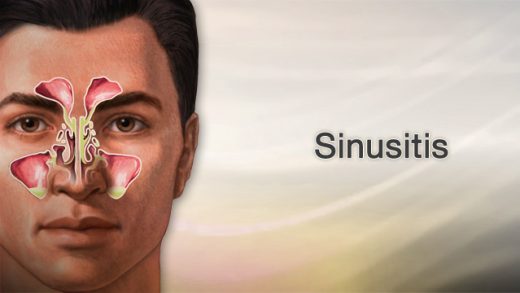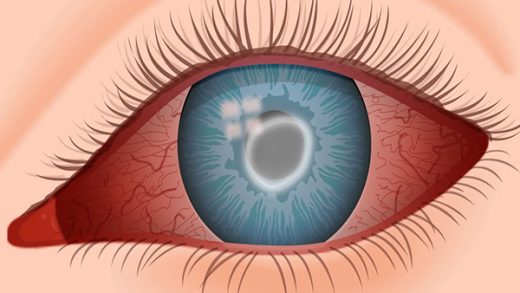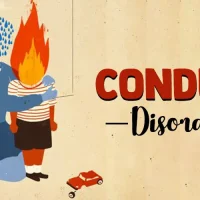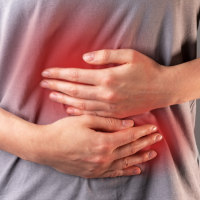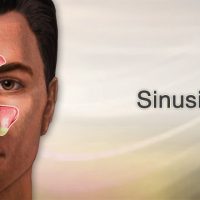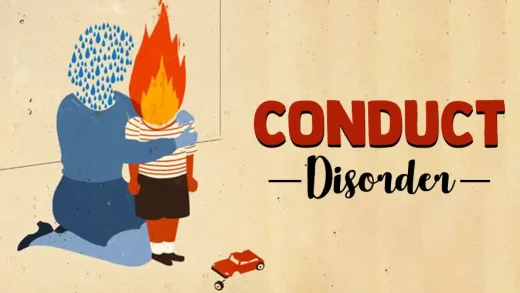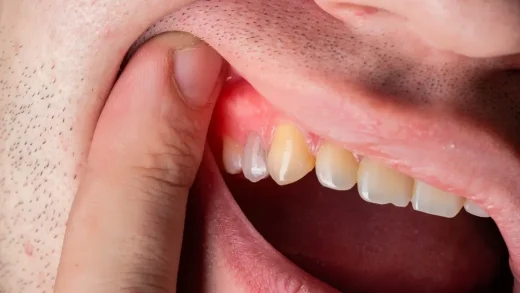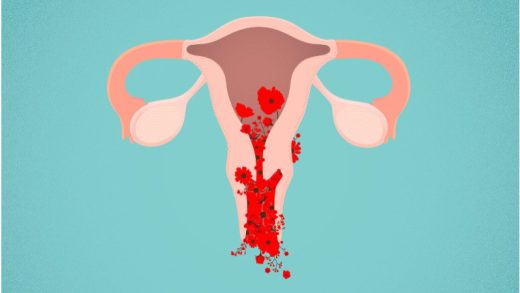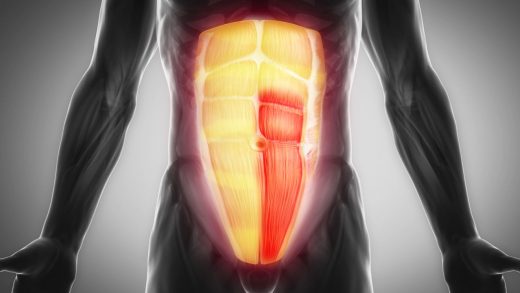What is an abdominal muscle strain (pulled stomach muscle)?
Torn or overstretched stomach muscles result in an abdominal muscle strain. A pulled stomach muscle and an abdominal muscle strain are the same thing.
What are the abdominal muscles?
The musculoskeletal system includes the muscles of the abdomen, or stomach. These muscles support the trunk, or midsection, hold organs in place, and facilitate movement. They are located on the front of the body, between the pelvis and the ribs.
The core muscles that support and stabilize the spine are the muscles in your back and abdomen. Together, they support your ability to walk, sit, stand, exercise, and more.
Several groups of muscles make up the abdominal muscles:
- Oblique muscles contract to help rotate your body (trunk) left and right.
- Rectus abdominus muscles are the muscles you can see in “six-pack abs.” They allow movement between the ribcage and pelvis.
- Transversus abdominus muscles are the deepest abdominal muscles. They help stabilize the trunk and protect organs.
Where do abdominal muscle strains (pulled stomach muscles) occur?
An abdominal muscle strain can affect any abdominal muscle. You may have:
- Left side abdominal strain.
- Right side abdominal strain.
- Lower abdominal strain.
- Upper abdominal strain.
What’s the difference between a pulled stomach muscle and a hernia?
When an organ pushes through a muscle weakness, a hernia results. Usually, they show up in the groin—that is, between the upper thigh and the abdomen. A strain on the muscles in your abdomen could make you more susceptible to a hernia.
Abdominal pain can result from both a pulled stomach muscle and a hernia. A lump or bulge that may hurt or burn is the result of a hernia. Constipation, nausea, and vomiting are additional symptoms of a hernia (abdominal strains do not cause these problems). An abdominal muscle strain heals with rest, but a hernia cannot heal on its own.
Symptoms and Causes
What causes an abdominal muscle strain (pulled stomach muscle)?
A pulled stomach muscle is often an overuse injury. Repetitive movements, usually in sports or other physical activity, cause the muscle to stretch or tear.
Other causes include:
- Accidents, such as falls or motor vehicle wrecks.
- Chronic coughing or sneezing.
- Intense or excessive exercise.
- Lifting heavy objects.
- Poor form when playing sports or exercising.
- Sudden twisting.
Who is at risk for getting an abdominal muscle strain (pulled stomach muscle)?
Anybody can pull their stomach muscle, but doing certain things makes it more likely. This issue is more common in athletes who play sports like football and tennis that need a lot of reaching and side-to-side trunk movements.
What are the symptoms of an abdominal muscle strain (pulled stomach muscle)?
Abdominal pain and musculoskeletal pain are the main signs of an abdominal strain. You may experience this pain when:
- Coughing, sneezing or laughing.
- Sprinting or doing vigorous exercise.
- Getting up after a prolonged period of sitting or inactivity.
Other symptoms include:
- Bruising.
- Muscle spasms, stiff muscles or muscle pain.
- Swelling.
Diagnosis and Tests
How are abdominal muscle strains (pulled stomach muscles) diagnosed?
Your healthcare provider can diagnose a pulled stomach muscle based on symptoms and a physical exam. Depending on the cause of the injury and your symptoms, you may get:
- X-rays to check for ribcage injuries, spinal fractures or other broken bones.
Management and Treatment
How are abdominal muscle strains (pulled stomach muscles) managed or treated?
Abdominal muscle strains get better over time with rest. These steps can help:
- Alternate between applying an ice pack and warm compresses to the injured area.
- Meet with a physical therapist to learn stretching and strengthening exercises.
- Take nonsteroidal anti-inflammatory drugs (NSAIDs) to ease pain and inflammation.
- Wear an abdominal brace to support the stomach muscles and minimize swelling.
Prevention
How can I prevent an abdominal muscle strain (pulled stomach muscle)?
Giving your abdominal muscles a rest from certain activities can lower your chances of pulling a stomach muscle. You can also:
- Ask for help when lifting heavy items.
- Try Pilates, yoga or other exercises to regularly stretch the abdominal muscles.
- Strengthen abdominal exercises by doing planks and other exercises that work the core muscles.
- Warm up your muscles before vigorous physical activity, and do cool-down exercises afterward.
Outlook / Prognosis
What is the prognosis (outlook) for people who have abdominal muscle strains?
Most people can return to their activities after giving the abdominal muscles time to rest and heal.
Living With
When should I call the doctor?
You should call your healthcare provider if you experience:
- Difficulty walking.
- Pain that interferes with daily activities or sleeping.
- Signs of a hernia.
What questions should I ask my doctor?
You may want to ask your healthcare provider:
- What caused the abdominal muscle strain?
- What’s the best treatment for me?
- How can I prevent future pulled stomach muscles?
- Am I at risk for other problems like a hernia?
- Should I look out for signs of complications?
A note from Cleveland Clinic
A pulled stomach muscle, also known as an abdominal muscle strain, will heal with time, rest, and the right care. To avoid pulling a different stomach muscle or straining the muscle again, it is critical to take action to strengthen your core and abdominal muscles. You can reduce your risk of an abdominal muscle strain by following the advice of your healthcare provider.


